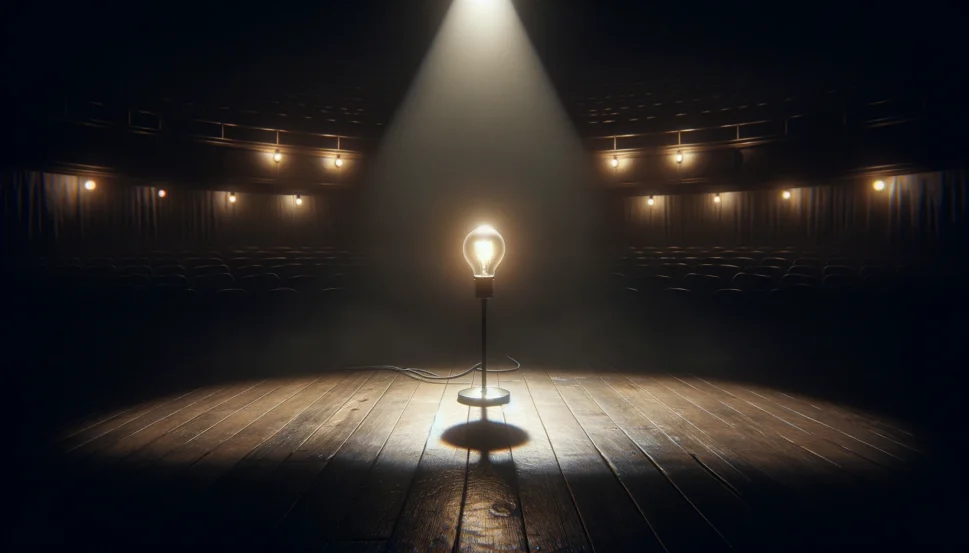In a world filled with the constant noise of social media, news, and competing media, making a genuine connection based on the values of your work and community can be challenging. To establish a strong foundation for your work, focus on effective communication tailored to various audiences. Know your field through key resources, research institutions, and funders aligning with your work. Develop a compelling artist’s statement and concise bio, maintain an updated CV and website, build an active social media presence, and maintain an email list to keep your audience informed. These steps ensure your work is not only created but also recognized and appreciated.
- Know Your Field: Stay engaged with the contemporary performance scene by attending shows, following artists, venues, and festivals on social media, and participating in talks, panels, parties, and events. This involvement helps you understand where your work fits and who moves the conversations. Also read 5 Currents In Contemporary Performance To Know (Free PDF)
- Institutional Research: Identify venues and festivals that align with your work. Use resources like the Venues List and Festival List. Understanding where your work can be presented helps you target your outreach and increase your chances of getting noticed. Festivals Venues
- Funding Research: Seek out funders who support your type of work. Understanding potential funding sources is crucial for sustaining your practice and bringing your projects to life.
- Artist’s Statement: Develop a one-page artist’s statement. Think of it as a narrative CV that includes the why and how of your work. This document should clearly articulate your vision and approach, making it easier for others to understand and support your work. Learn more –> 4 Steps to Writing a Successful Artist Statement
- Artist Bio: Craft a concise paragraph bio for use in handbills, grant applications, and open calls. A well-written bio gives a quick overview of your background and achievements, helping to establish your credibility.
- CV Maintenance: Keep your CV updated with sections on education, performance history, awards, residencies, commissions, teaching, workshops, panels, lectures, publications, and citations. An updated CV ensures you are always ready to apply for opportunities as they arise. Learn More –> CV Maintenance: The Key to Being Ready for Opportunities
- Website Upkeep: Maintain an updated website with your bio, artist statement, an archive of past work, a blog for current news and upcoming projects, and an opt-in mailing list. Your website is often the first place people go to learn more about you, so make sure it is current and comprehensive. Learn more –> 8 Important Components to a Successful Artist Website – Artist Development Series: Creating/Reorganizing Your Artist/Company Website
- Social Media Presence: Build an active social media presence. Share your work, engage with your audience, and connect with other artists and institutions. Social media can be a powerful tool for networking and promoting your work. Learn more–> 5 Steps to Building and Maintaining a Contemporary Performing Artist’s Social Media
- Active Email List: Develop and maintain an active email list to inform your audience about your latest projects, upcoming events, and other relevant updates. Regular communication with your audience helps build a loyal following and keeps people engaged with your work. Note, its important to have links to join your email list on your website and social media. Learn more –> 5 Things to Consider When Running an Artist’s Email List
- Effective Communication: Tailor your approach when speaking about your work. Be prepared to discuss your art succinctly and engagingly in various contexts—whether with other artists, curators, or funders. Have both short and long versions of your answers to questions like, “What do you do?” and “What are you working on?”… But also be curious and ask them questions about what they have seen, what is exciting to them, what are they looking forward to. If you are well-researched on artists, venues, and festivals, working through the small talk becomes easier to arrive at more meaningful and connected conversations. see below… know your field.
- Create/Reorganize Your Artist/Company Website
- Create/Update Your Artist Statement
- How to Set Up a Creative Practice Notebook (That You’ll Actually Use)
- CV Maintenance: The Key to Being Ready for Opportunities
- 5 Things to Consider When Running an Artist’s Email List
- 5 Steps to Building and Maintaining a Contemporary Performing Artist’s Social Media
- 10 Secrets To Getting Your Work Noticed, Attended, Presented, and Toured

